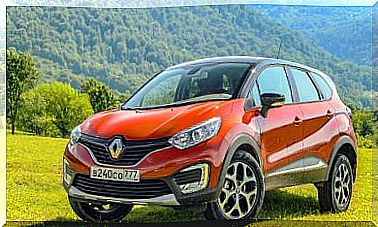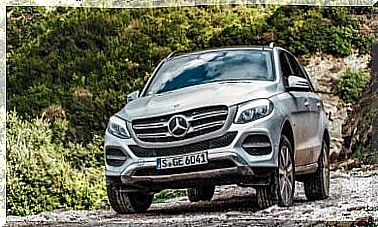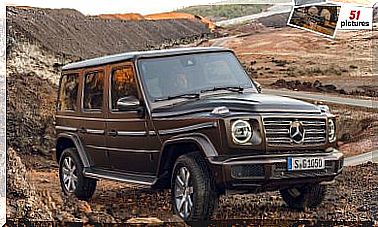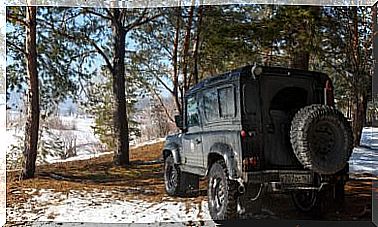Driving On Ice
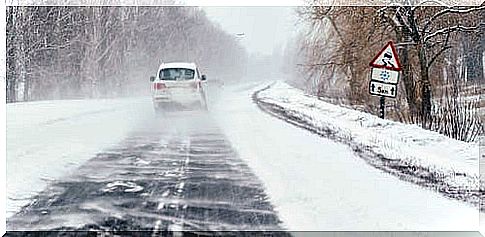
Driving on ice is the most prone scenario for traffic accidents. In fact, winter is the season with the highest number of claims, so preventive driver planning is key.
Temperatures below 7 ºC represent a more risky situation on the road. An icy road requires a series of measures to be taken before and while driving. Next, we will see some tips to get to our destination safely during the winter.
Driving on ice : conditioning the car
Checking the car is essential before entering the icy roads. The factor that deserves the most control is the tires. The right thing to do before starting a tour when temperatures are very low is to change them for winter tires. These have a design that allows greater traction in maneuvers.
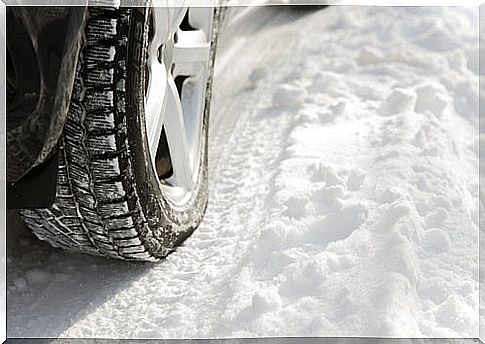
Another important issue to watch is the level of pressure in the tires. Generally, cold affects tire pressure, causing it to drop dramatically. Therefore, we must always ensure that the level is correct.
Low pressure tires are synonymous with poor maneuverability and slow response on the road. Although in normal driving it may seem that it is not so necessary, we must put the case that we skid or lose control of the car.
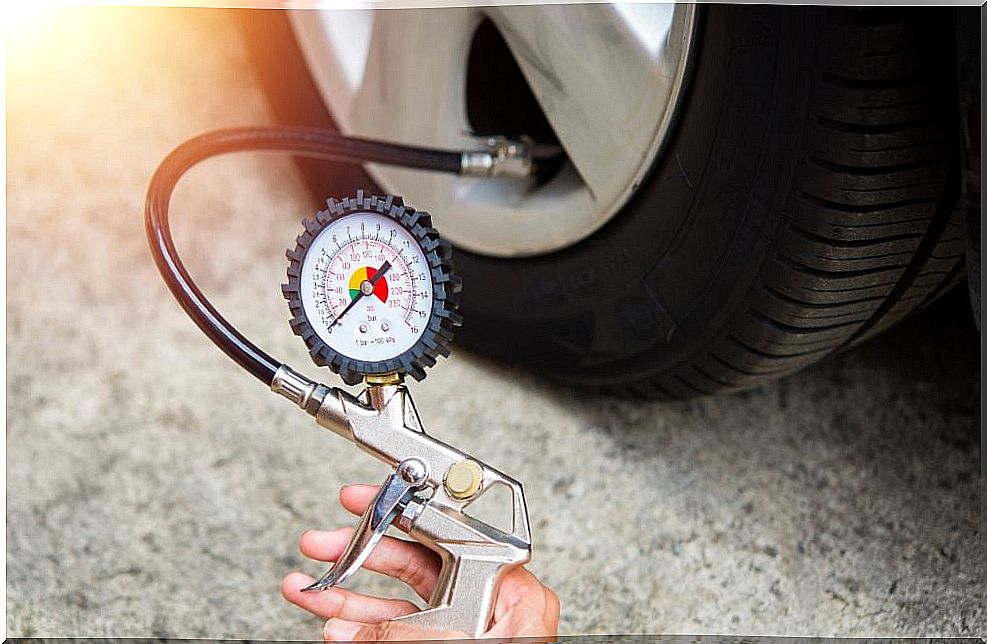
Doing a general overhaul of the car
Continuing with tire safety, we must not only check them, but condition them. Wheel chains are a useful tool to ensure greater traction during the tour.
In the midst of snowfalls and in various frozen areas, the chains will provide greater security. Always having them in the trunk should be part of the security measures to be taken.
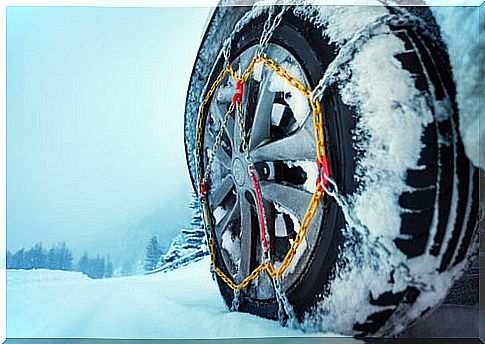
A component malfunction will reduce the chances of getting out unscathed in the middle of an unforeseen situation on the road. If we travel in winter time, we must make a general review of the car: check fluids, brakes, battery, electrical system, lights, etc.
Visibility will also be a vital aspect of our trip. Ice could accumulate on the front window and take away our visibility, so we must have tools that allow us to clean properly.
How should we drive in the winter?
Humidity, fog and snow are aspects that condition drivers during winter. Driving on icy roads must be careful, for which it is necessary to maintain prudent distances between vehicles, and with special caution.
Another very important aspect, especially in winter driving, is the necessary rest. It is very necessary to stop to rest every two hours of travel, and it will be much more decisive in these circumstances.
When the weather is bad, the lights should always be on, even during the day or in the evening. Due to poor visibility and changes in the road, the driver should try to look much further than normal, since in this way he could predict an accident, or any complicated situation.
Harsh maneuvers and speed are a bad combination. Both the brake and the accelerator pedal should be depressed sparingly. In the case of braking, caution is much more necessary if our car does not have an ABS system. Steering smoothness should prevail when driving on ice.
You have lost control: what should you do?
The first thing is to stay calm and try to check what is the movement of the car. Obviously, there will be little time to act and that time could be less on the icy road. In almost all cases, smoothness will remain the best solution.
Sudden and deep braking is not a good solution either; moderate, repetitive and constant footsteps should be made. In this way, we will avoid generating a sudden force that violently changes the trajectory. The goal in some complex maneuvers is to prevent the car from spinning excessively.
Review, smooth maneuvering and traction are key elements of driving on ice, day or night. It should be remembered that you have to carry everything you need and what the regulations require: spare lights, signaling triangle and reflective vests, the relevant tools and a first aid kit.
